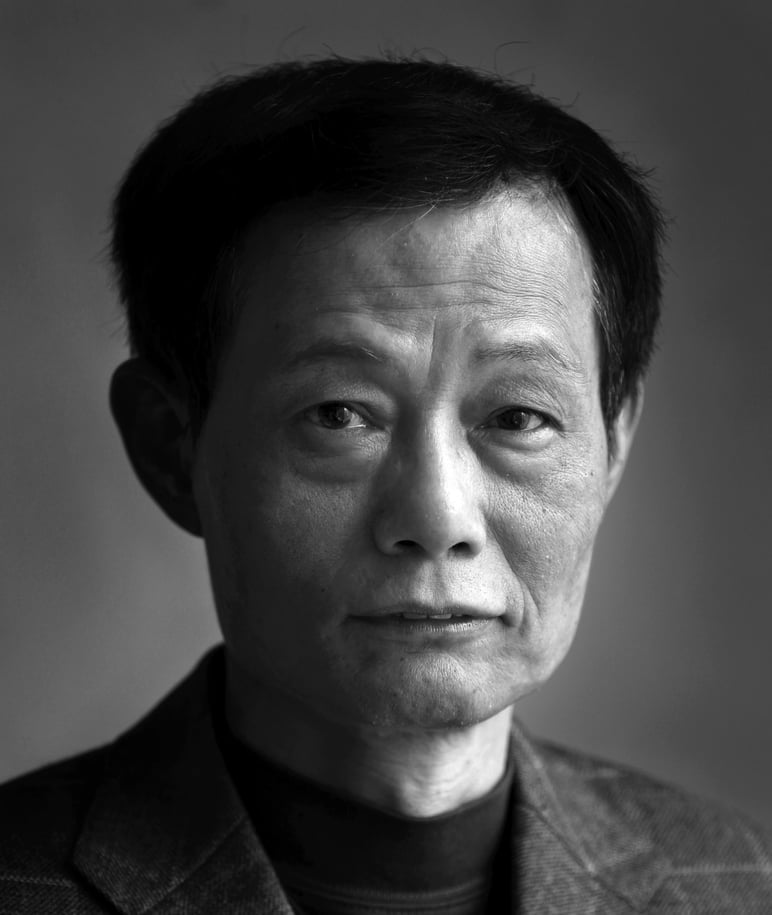
Rising pork prices hide a far bigger problem for China’s economy
- Rising pork prices have put the spotlight on a rise in consumer inflation
- The bigger picture is one of waning demand and slowing economic activity
Inflation and economic growth tell us much not only about the health of an economy, but also about how effectively a government is managing its economy.
Measures such as the consumer price index (CPI), producer price index (PPI) and gross domestic product (GDP) are among the most significant factors influencing the economic decisions of governments, investors and consumers.
Inflation and economic growth are two different things, but they are often intertwined. Although inflation does not necessarily translate into economic growth, if an economy is growing consistently, inflation will rise, as rapid growth tends to increase upward pressure on prices and wages.
The rising inflation was driven mainly by the surge in pork prices, which jumped 101.3 per cent year on year in October from 69.3 per cent in September, and contributed to the 23.35 per cent jump in the food component in the CPI basket.
Xi Jinping’s biggest headache isn’t Hong Kong. It’s the price of pork in China
Despite Beijing’s all-out efforts, in the absence of an effective vaccine there is no easy way to increase the pork supply. Imports aren’t the solution because China is already the world’s largest hog producer, accounting for more than half of the global total.

Uncertainties over the pork supply will reduce confidence in CPI inflation forecasts. However, many international institutions still forecast China’s CPI to climb in the coming months before dropping again. For instance, Nomura Global Economics forecasts CPI inflation to rise to around 4.6 per cent in November, and then peak at around 6 per cent in January next year.
Indeed, the rise in pork prices may elevate the risk for overall consumer inflation as this has spillover effects on the prices of other foods, such as chicken, beef and lamb, and may eventually require wages to follow suit – a classic case of how inflation can spiral. As pork is a staple of the Chinese diet, price rises will do little to dampen demand.
Both core CPI and PPI confirm waning demand and slowing economic activity in the Chinese economy.
Politically speaking, there is no economic phenomenon as sensitive as a price hike for a single product like pork, as it harms ordinary people, particularly the poor.
Economically speaking, however, China’s latest uptick in CPI is what economists call “structural inflation”, meaning it is driven only by pork prices rather than overall inflation. The CPI rise hides a much bigger problem: relatively low core consumer inflation and factory-gate deflation.
If pork-driven inflation is excluded, China’s core consumer inflation remains sluggish, at an annualised rise of just 1.4 per cent or 0.1 per cent month on month. The pork price increase alone added 2.4 percentage points to headline CPI.
The core inflation rate, used in the United States and other developed economies, represents the longer-run trend in the price level, as it takes out the effect of more volatile food and energy prices, which swing wildly from month to month.

In sharp contrast, China’s PPI, seen as a key indicator of corporate profitability, fell 1.6 per cent last month from a year earlier, marking the steepest decline in more than three years.
That said, the outlook of rising producer disinflationary pressure remains amid surging consumer inflation. The factory deflation aligns with other indicators showing continued shrinking economic activities, such as the official Purchasing Managers’ Index (PMI), which contracted for a sixth straight month last month.
Struggling Chinese economy ‘yet to hit bottom’
Consumers usually hate higher prices and prefer deflation. But policymakers want prices to increase in the belief that both consumers and investors will spend more when they believe prices will continue rising, thus spurring economic growth.
That is why all major central banks set certain levels of inflation rates as their monetary policy targets. Most central banks in developed economies set an inflation target of around 2 per cent, as is the case in the US, Japan and European Union. That explains why the concerns over deflation in the world’s second-largest economy have gone far beyond China’s borders, as policymakers and central bankers in major economies are already battling fading inflation and inflation expectations despite their ultra-loose monetary policies.

Both hyperinflation and deflation, as well as overheated and stagnant growth, are among the greatest threats to the health of an economy, though the former has been more commonly seen than the latter in the Chinese economy since it began its market reform four decades ago.
China continues small stimulus steps to fight economic slowdown
China’s rising inflation came at the worst time, amid a host of rarely seen disappointing economic data. For instance, the 6 per cent GDP growth in the July-September period was the slowest quarterly growth since Beijing began publishing such data in the first quarter of 1992. The economy is likely to fall into the politically sensitive benchmark area of below 6 per cent in the last quarter of this year and head into next year with no signs that the decade-long steady slowdown will abate.
While policymakers face politically sensitive consumer inflation, they also fear mounting disinflationary pressure and soft domestic and external demand.
Never before have they been trapped in such a discomforting situation, as they confront two enemies from opposite directions.
It can be summed up by a Chinese idiom which says “to fear the wolf in front of you while the tiger is behind”. ■
Cary Huang is a veteran China affairs columnist, having written on the topic since the early 1990s

